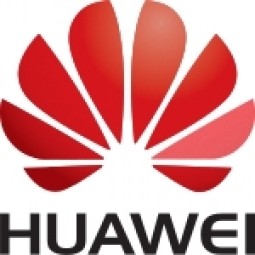
技术
- 分析与建模 - 计算机视觉软件
- 分析与建模 - 机器学习
适用行业
- 电子产品
适用功能
- 离散制造
- 质量保证
用例
- 计算机视觉
- 视觉质量检测
服务
- 系统集成
挑战
对于一家3C产品供应链企业来说,人工目检每月人工成本超过200万,质检人员占比20%~40%,存在漏检等质量问题。目前,人工质检面临质量、成本、特殊场景响应、信息整合等问题。详细情况如下:
- 质量:人工质检的主观因素对判断结果影响很大,会出现基于视觉疲劳的漏检问题;某3C产品供应链企业生产现状。
- 信息整合:生产数据没有有效积累和利用,无法推进后续流程再造和质量分析,对自动化生产流程的适应能力弱。
- 成本:人员流动性高,导致培训和人工成本高,招工难。
- 效率:传统机器视觉采用程序化计算逻辑进行视觉检测,对复杂的表面检测抗干扰能力差,误检率高,人员重新判断工作量大。
解决方案
5G+AI外观质检方案,融合AI深度视觉检测技术和5G通信技术。
运营影响

Case Study missing?
Start adding your own!
Register with your work email and create a new case study profile for your business.
相关案例.

Case Study
Remote Temperature Monitoring of Perishable Goods Saves Money
RMONI was facing temperature monitoring challenges in a cold chain business. A cold chain must be established and maintained to ensure goods have been properly refrigerated during every step of the process, making temperature monitoring a critical business function. Manual registration practice can be very costly, labor intensive and prone to mistakes.

Case Study
Predictive maintenance in Schneider Electric
Schneider Electric Le Vaudreuil factory in France is recognized by the World Economic Forum as one of the world’s top nine most advanced “lighthouse” sites, applying Fourth Industrial Revolution technologies at large scale. It was experiencing machine-health and unplanned downtime issues on a critical machine within their manufacturing process. They were looking for a solution that could easily leverage existing machine data feeds, be used by machine operators without requiring complex setup or extensive training, and with a fast return on investment.

Case Study
Cloud Solution for Energy Management Platform-Schneider Electric
Schneider Electric required a cloud solution for its energy management platform to manage high computational operations, which were essential for catering to client requirements. As the business involves storage and analysis of huge amounts of data, the company also needed a convenient and scalable storage solution to facilitate operations efficiently.

Case Study
Leveraging the IoT to Gain a Competitive Edge in International Competition
Many large manufacturers in and outside Japan are competing for larger market share in the same space, expecting a growing demand for projectors in the areas of entertainment, which requires glamor and strong visual performance as well as digital signage that can attract people’s attention. “It is becoming more and more difficult to differentiate ourselves with stand-alone hardware products,” says Kazuyuki Kitagawa, Director of Service & Support at Panasonic AVC Networks. “In order for Panasonic to grow market share and overall business, it is essential for us to develop solutions that deliver significant added value.” Panasonic believes projection failure and quality deterioration should never happen. This is what and has driven them to make their projectors IoT-enabled. More specifically, Panasonic has developed a system that collects data from projectors, visualizes detailed operational statuses, and predicts issues and address them before failure occurs. Their projectors are embedded with a variety of sensors that measure power supply, voltage, video input/ output signals, intake/exhaust air temperatures, cooling fan operations, and light bulb operating time. These sensors have been used to make the projector more intelligent, automatically suspending operation when the temperature rises excessively, and automatically switching light bulbs. Although this was a great first step, Panasonic projectors were still not equipped with any capability to send the data over a network.









